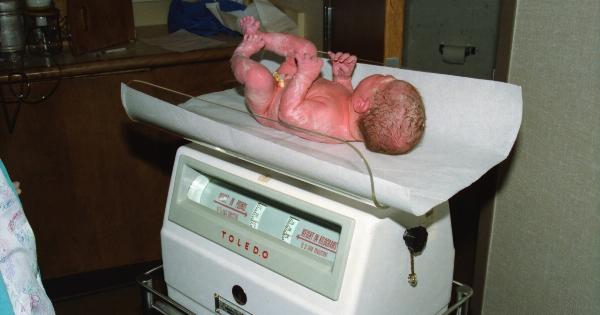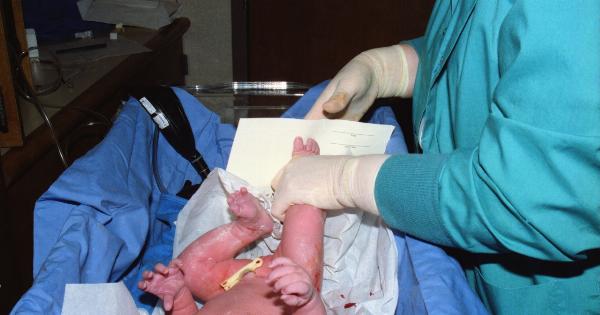Childbirth can be an exciting and overwhelming experience for expectant mothers.
While most deliveries go as planned, there are times when an emergency cesarean section (C-section) may be necessary to deliver a healthy baby and ensure a safe delivery for both mother and child. Knowing the indications for an emergency C-section can help expectant mothers prepare and feel empowered should this situation occur.
What is a C-Section?
A cesarean section, commonly known as a C-section, is a surgical procedure in which the baby is delivered through an incision in the mother’s abdomen and uterus.
A C-section may be planned in advance for medical or personal reasons or may become necessary as an emergency procedure during labor and delivery.
When is an Emergency C-Section Necessary?
An emergency C-section may become necessary if there are any health concerns for the mother or baby during labor and delivery. Some of the most common indications for an emergency C-section include:.
1. Fetal distress:
If the baby shows signs of distress during labor, such as an abnormal heart rate, an emergency C-section may be necessary to deliver the baby quickly and safely.
2. Prolonged labor:
If labor lasts longer than anticipated and the mother or baby begins to show signs of distress, an emergency C-section may be necessary to deliver the baby quickly and safely.
3. Placenta previa:
Placenta previa is a condition in which the placenta covers the cervix, blocking the baby’s path for delivery. An emergency C-section may be necessary if the mother experiences heavy bleeding or the baby shows signs of distress.
4. Umbilical cord prolapse:
Umbilical cord prolapse is a condition in which the umbilical cord slips into the vagina before the baby. An emergency C-section may be necessary to deliver the baby quickly and prevent cord compression and oxygen deprivation.
5. Breech presentation:
A breech presentation occurs when the baby is positioned feet or buttocks first. In some cases, an emergency C-section may be necessary to avoid complications during delivery.
6. Vaginal tearing:
Severe vaginal tearing during delivery can sometimes lead to an emergency C-section to prevent further damage and bleeding.
7. Maternal health conditions:
If the mother has a preexisting medical condition, an emergency C-section may be necessary to avoid complications during delivery.
8. Multiple pregnancies:
If the mother is carrying twins or other multiples, an emergency C-section may be necessary to ensure the safe delivery of all babies.
9. Large baby:
If the estimated fetal weight is greater than 4kg, there may be a risk of shoulder dystocia, which can lead to serious complications during delivery. In this case, an emergency C-section may be necessary to deliver the baby safely.
10. Umbilical cord prolapse:
Umbilical cord prolapse is a rare but serious condition in which the umbilical cord drops through the cervix and delivers before the baby. An emergency C-section may be necessary to avoid cord compression and oxygen deprivation.
Conclusion
While emergency C-sections can be scary, they are often necessary to ensure a safe delivery for both mother and baby. By knowing the indications for an emergency C-section, expectant mothers can feel prepared and empowered should this situation arise.





























